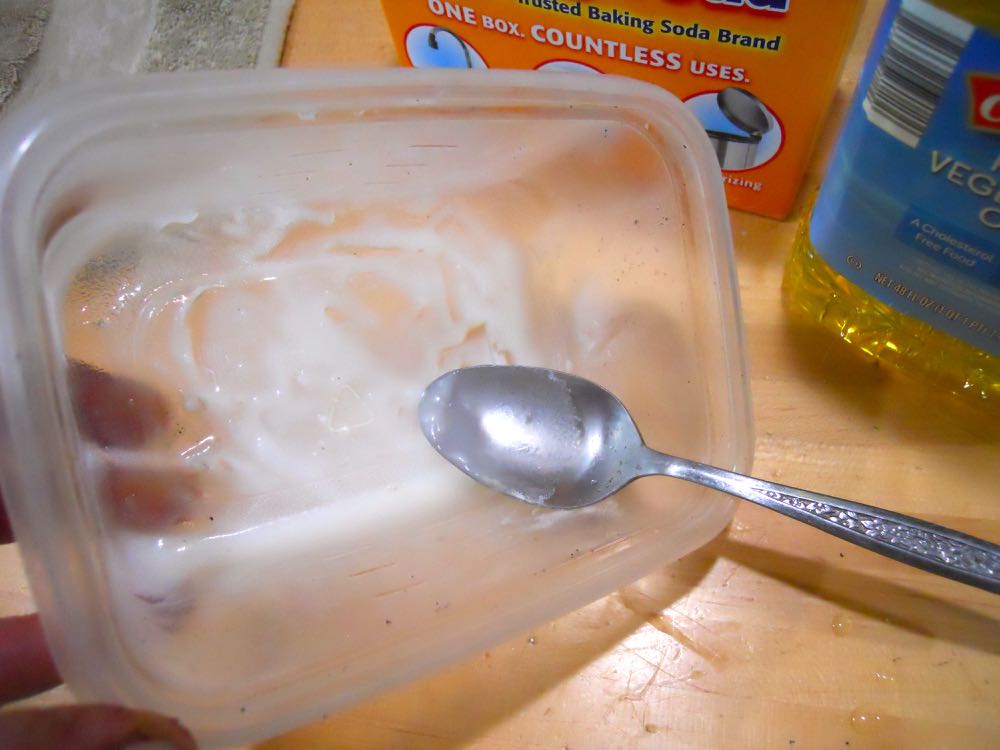How to Remove Jar Labels
/Beekeepers often like to re-use glass jars for honey provided they can get the original labels off.
How to Remove Glass Jar Labels
If you are just starting in beekeeping, you may not even have considered collecting glass jars for later re-use yet. Those of us with a little experience may have started the glass collection and given up when the original labels proved too hard to remove.
You can still collect those glass jars and get those stubborn labels easily removed.
First, let me confess I tried "Goof Off," "Goo Gone Pro Power," vinegar, rubbing alcohol and a couple of other products as well as leaving the jars in water overnight with soap. Some of the paper did come off but the original glue remained as a sticky film on the sides of the glass jars, such as the tiny 2 oz. glass jars.
This is my pile of 2 oz. glass jars with the original labels removed and ready for cleaning.
Going through one of my old household cleaning books, I found this easy recipe for removing labels from glass jars: equal parts baking soda and cooking oil, mixed together into a paste.
The paste reminded me of a runny cake icing.
The mixture of baking soda and cooking oil should be the consistency of a runny icing.
Apply the mixture generously over the original label area. Let sit for several hours or overnight.
Scrub with steel wool or a pot scrubbing sponge.
If some of the original label is still on, apply the paste again, wait a couple of hours and scrub. The original label glue will come off, I promise!
The baking soda and cooking oil mixture applied generously on the old label location.
What I like about this paste is that it's safe to use on the jars without any chemicals. I also applied a generous amount to a large jar and it also removed that label.After a good scrub, I soaked the jars in hot water, then turned them upside down to dry on a towel.
In the photo, they look like they have metal on the bottoms but that's just a reflection from where I took the shot. They are all glass jars with nothing else.
Once scrubbed and washed, my jars are sitting upside down to dry, except for the one in front.
Here they are filled, labelled and officially re-used.
My little 2 oz. honey jars filled and labelled for re-use after a hot water bath.
Glass jars are great for storing more than just honey. I also use them for buttons, screws and nails, flower seeds and the wide variety of cat treats. It's much easier to know I am getting low on something important when I can see it!
How to Remove Jar Labels
When you start, place the jar you want to reuse first in a larger container full of hot water with a little dishwashing liquid and let it soak for several hours or overnight. That tends to work at least half of the time.
When that doesn't work, try the baking soda and cooking oil combination.
And now you, too, can get a head start collecting jars for bottling honey and other projects!
Charlotte
























